Showcard Series 1975-79
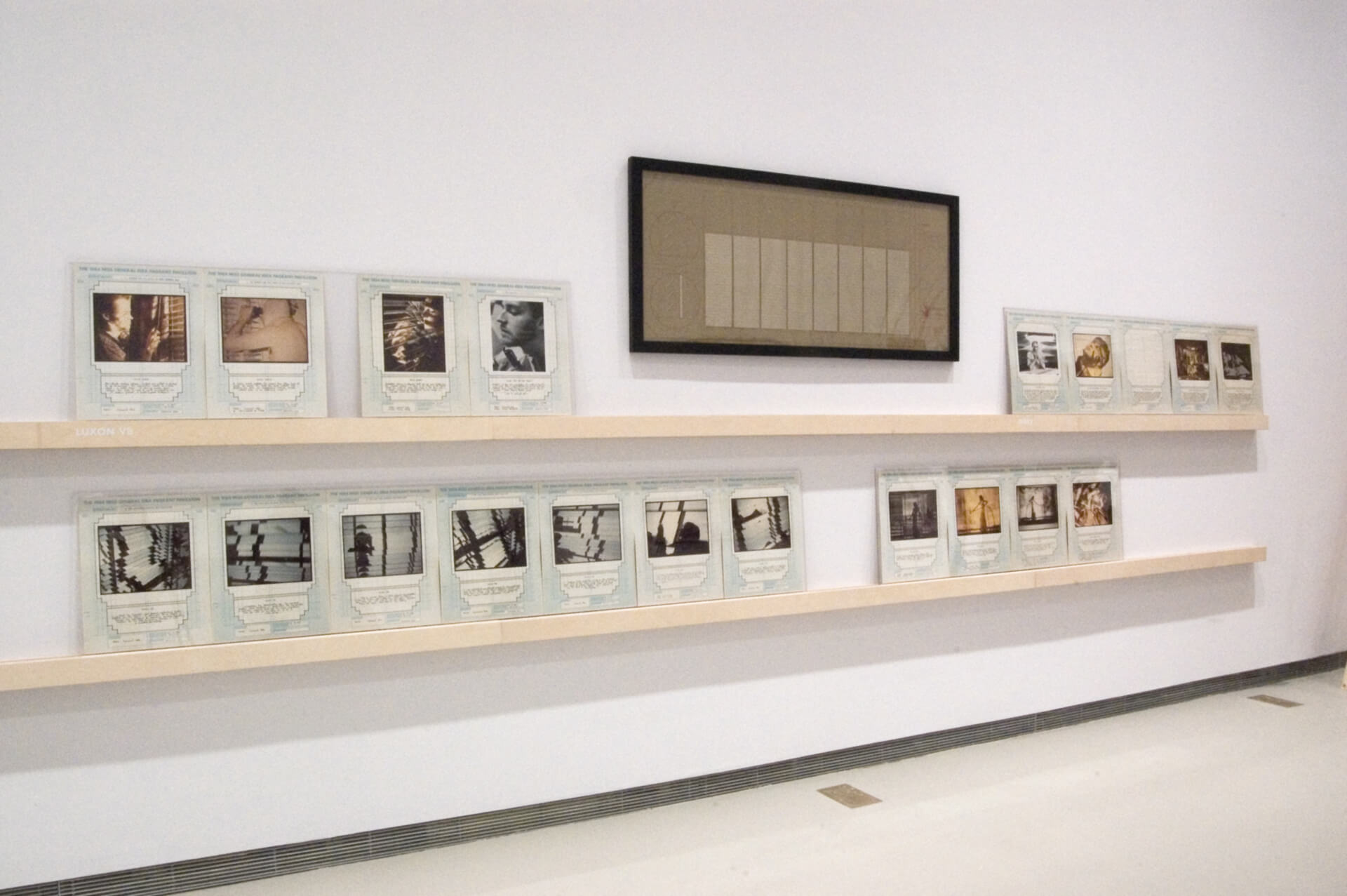
General Idea, Showcard Series, 1975–79
Serigraphed cards with photographs, each card 45.7 x 35.6 cm
Various collections, including the Art Gallery of Ontario, Toronto;
the National Gallery of Canada, Ottawa; and Collection of the Carmen Lamanna Estate, Toronto
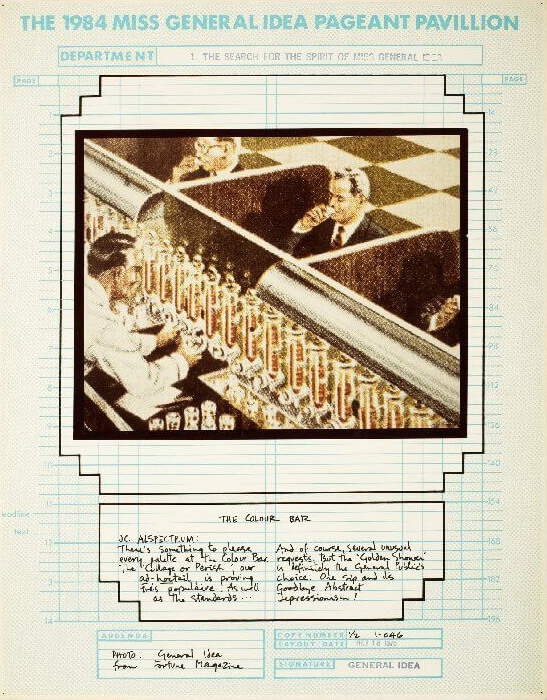
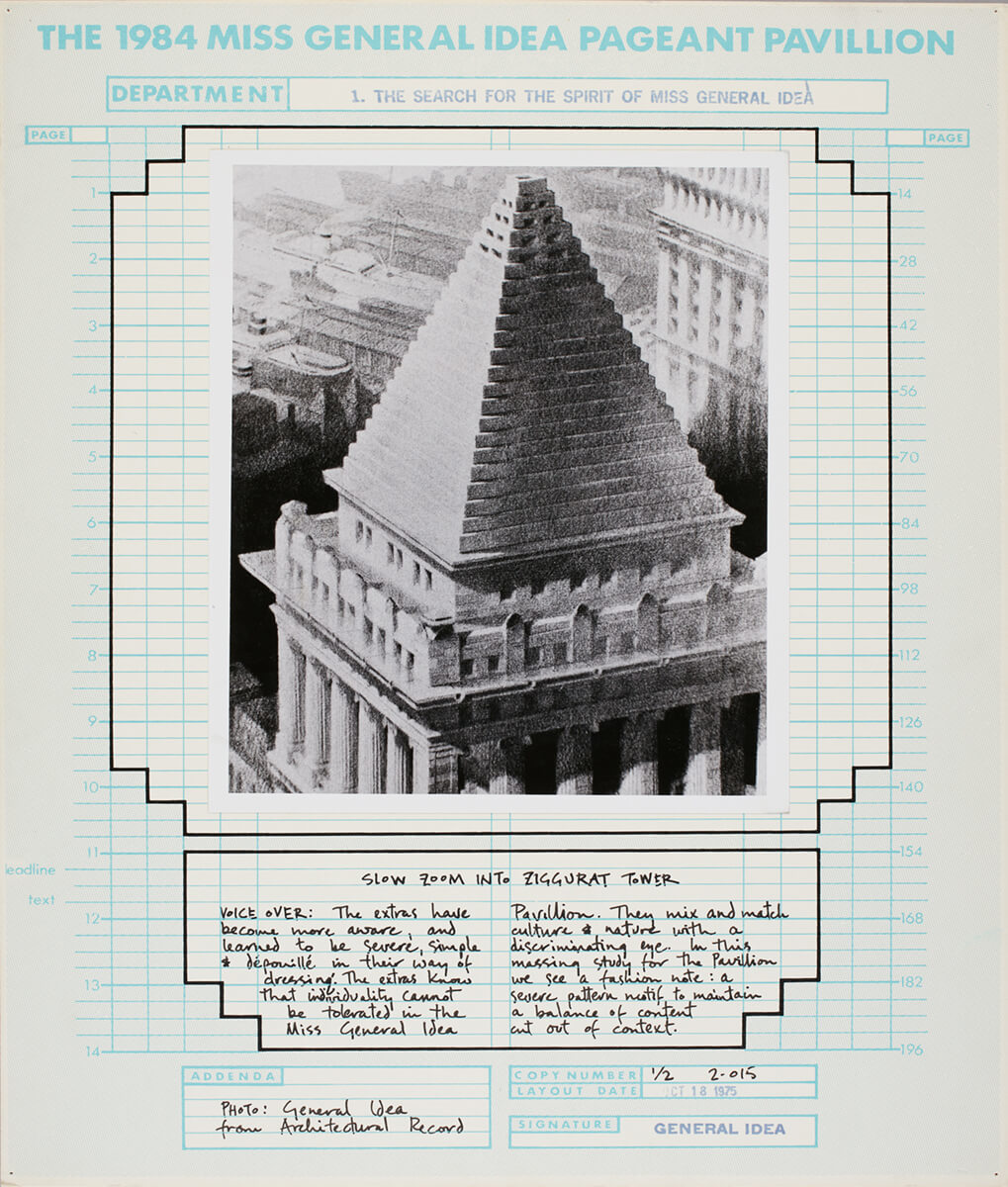
Showcard Series illuminates General Idea’s developing mythology during the pivotal first decade of their work together. It documents the many conceptual structures that shaped their work at the time and contains ideas the group advanced in subsequent projects.
The cards in this open-ended series were produced in editions of two and were all designed in the same format: a light-blue grid that resembles a magazine layout page, with specific areas for photos and text, and labelled sections for department, addenda, copy number, layout date, and signature. Each card is clearly titled “THE 1984 MISS GENERAL IDEA PAGEANT PAVILLION” in capital letters, connecting this work to General Idea’s larger project of building—and, after 1977, recovering—this fictional Pavillion.
The cards are duplicates of the layout cards that General Idea used for issues of FILE Megazine. Stamped and dated, each card is labelled with a specific “Department,” as follows: “1. The Search for the Spirit of Miss General Idea”; “2. The 1984 Miss General Idea Pageant”; “3. Miss General Idea 1984”; “4. The 1984 Miss General Idea Pavillion”; and “5. The Frame of Reference.” These categories cover the key fictional narratives that structure General Idea’s work through the 1970s to the mid-1980s.
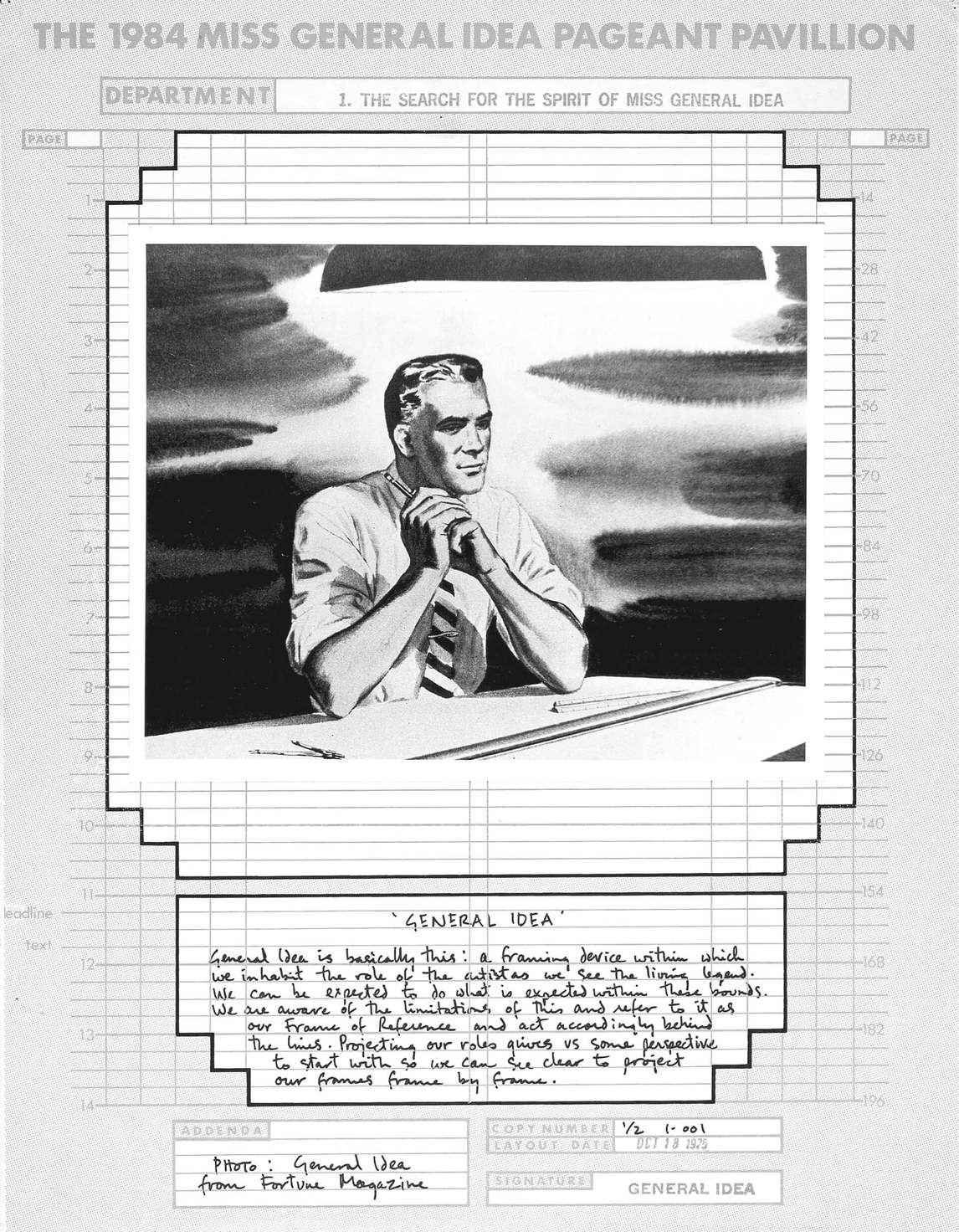
The cards feature handwritten text together with photographs by the artists, including ones that they had taken of popular magazines. General Idea considered these photographs works in themselves, rather than reproductions. There are also images of reviews of General Idea’s work, as well as a few photos by other artists, which had been created for mail art networks—a means of engaging artists in a conversation about General Idea’s projects. In this way, the cards are comprised of an intentional and styled selection of images chosen by General Idea. On each card handwritten text offers information about the group. For instance, one explains how they appropriated the role of the artist: “General Idea is basically this: a framing device within which we inhabit the role of the artist as we see the living legend. We can be expected to do what is expected within these bounds.”
The cards also feature texts and images from previous General Idea projects, including performances, issues of FILE Megazine, and the V.B. Gowns featured in the video Pilot, 1977. Some cards reference nascent projects that would later be developed into fuller works: 1-046 The Colour Bar, 1975, for example, predates the Colour Bar Lounge depicted in the video Test Tube, 1979.
General Idea conceived of the cards as expositional tools: “[Showcard Series] demonstrates as much our approach as our projects.” The cards present facts about the group’s work and document the trio’s activities. According to curator Peggy Gale, the cards are “a collection of theses, an intellectual proposition, a diary.”

 About the Author
About the Author
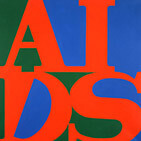 More Online Art Books
More Online Art Books
 Acknowledgements
Acknowledgements